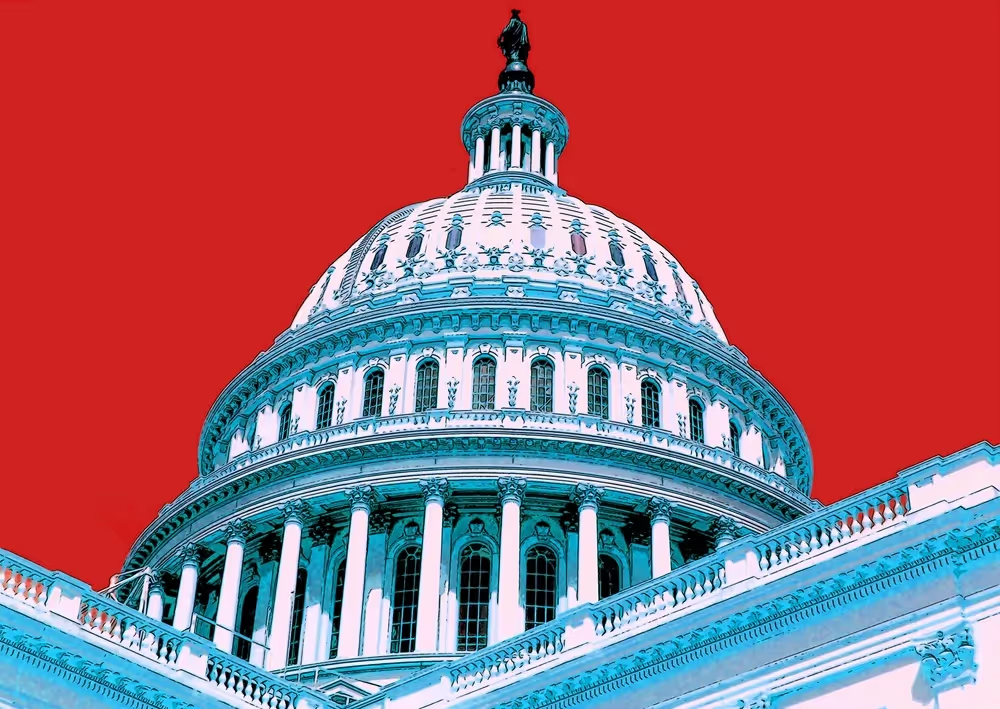
The Incapable Congress
Congressional revival requires fundamental motivation reform coupled with increasing resources.
Criticizing Congress is one of the least controversial stances one can take in twenty-first century American politics. It isn’t news that Congress has become an emaciated institution – not to the members, nor to scholars, the public, or the media. However, there is still considerable controversy over why Congress is weak, and thus what can be done to revive it.
A helpful – if limited – approach to reviving Congress comes from Congress Overwhelmed, a new volume of essays that focuses on the decline in “congressional capacity.” The book’s editors define congressional capacity as “the organizational resources, knowledge, expertise, time, space, and technology that are necessary for Congress to perform its constitutional role.” “Since 1980,” the editors observe, “Congress as an institution has been steadily divesting itself of its own resources….Overall staffing levels have declined. Turnover has increased. Member and staff tenures have shrunk. Days in session have dropped.” In a word, Congress has been incapacitated.
The essays in Congress Overwhelmed take different approaches to measuring and analyzing congressional capacity. Some adopt a historical focus while others use empirical data to measure the decline in capacity and its effects on committees, legislative branch agencies such as the Congressional Research Service, and legislative productivity. The volume, according to the editors, “offer[s] the most comprehensive, sophisticated appraisal of congressional capacity to date.”
One of the key themes and conclusions of the book’s chapters is that while Congress suffers from a marked decline in staff and committee capacity, some resources contribute more to congressional capacity than others. Many of the book’s contributors support reinvesting in Congress, but through a targeted approach. New members and committee chairs, in particular, seem to offer the greatest return on investment in terms of translating staff expertise into congressional capacity.
Taken as a whole, the essays in Congress Overwhelmed advocate for a renewed investment in the resources available to members of Congress – more staff for members, increased compensation, additional resources for the agencies that support members in their work, and enhanced committee staff expertise. Congress could be stronger if it were given the resources to flex its muscles, they suggest.
It is hard to argue against these prescriptions, especially after examining the impressive data amassed by the contributors in support of this core thesis. However, while it probably won’t hurt, I am not optimistic that increasing congressional capacity, in and of itself, will lead to a stronger legislative branch. This is because the reasons for Congress’s weakness run deeper than mere capacity. There are more fundamental problems plaguing Congress, related both to motivation and to electoral dynamics that drive much of modern congressional behavior.
These two problems are lurking in the background of several chapters, which merit special attention. The problem of motivation is especially acute in James Wallner’s chapter on the Senate. Wallner’s core thesis is that “Congress’s dysfunction at present does not stem from an inability of its members to act. Rather, the problem is their unwillingness to act.” Members have tools at their disposal that they can use to influence policy outcomes in both the House and the Senate (especially the latter), but they lack the motivation to use them. Wallner’s prescription differs from the other chapters, but it is straightforward: members should start using the tools they have available to them and act like legislators if they want to remain relevant. Rank-and-file members can take advantage of rules that enable them to offer amendments, circumvent committees, and influence which measures make it to the floor. The problem isn’t capacity but motivation.
There is some evidence that members are increasingly doing what Wallner proposes. In the House, members of the majority party are increasingly willing to vote against Rules Committee measures to send bills to the floor and govern the terms of debate and amendment. Rep. Luna’s threat to use the discharge petition to advance legislation authorizing proxy voting forced party leaders to respond. There has been less of this in the Senate, paradoxically, but some members have been willing to press for votes on amendments they introduce on the floor, as Wallner discusses.
Wallner’s focus on motives echoes James Madison’s analysis in Federalist 51, which posits that the separation of powers necessitates the use of both “constitutional means” and “personal motives.” Too often, we focus on the constitutional means – the formal powers that each institution has to influence policy outcomes. Madison, however, placed motives ahead of means, famously writing that “ambition must be made to counteract ambition. The interest of the man must be connected to the constitutional rights of the place.” Wallner acknowledges that the means are irrelevant if members are not motivated by the ambition to use them. Reviving the ambition of rank-and-file members to be legislators rather than performers and fundraisers is likely to be more effective than simply increasing members’ capacity.
This leads to the second theme lurking in the chapters: the misplaced nostalgia for the days of “regular order” in Congress. A characteristically compelling and thoughtful chapter by James Curry and Frances Lee argues that “while decentralized approaches to lawmaking worked in earlier, less partisan eras…those approaches are not well suited to contemporary conditions.” In other words, the nostalgia for “regular order” – a term often used to describe the twentieth century “Schoolhouse Rock” legislative process in which committees play the leading role and party leadership passively accepts the committees’ work – is misplaced given the electoral changes that have occurred since the 1970s.
The “regular order” Congress was more actively engaged in policymaking than today's, but only because it was tethered to a particular kind of political environment. Regular order worked in a bipartisan era in which the two parties were ideologically heterogeneous, with conservatives and liberals in both parties. In those days, regional affiliation mattered much more than national party identity, both to voters and to members. Committees, where concentrated local and regional interests predominated, could make policy in conjunction with the interest groups that supported their work and the administrative agencies that made decisions delegated to them by Congress itself – the so-called “iron triangles” of the mid-twentieth century.
Those days, however, are long gone. In the twenty-first century, all politics is national. Regional identity based on economic interest matters far less to a member’s electoral survival than supporting a programmatic doctrine. Parties have sorted into different programmatic camps, and voters have sorted into increasingly red and blue districts. Coupled with primaries that serve as litmus tests for a congressional candidate’s ideological purity, this sorting incentivizes members to take sharp stances and avoid compromise. In this political environment, “regular order” is a recipe for even greater individualism and gridlock, as opposed to previous eras.
These claims are supported by experience. In the past few decades, the majority party leaders have promised to open the process, allowing the House or Senate to “work its will.” When they do, individual members and the minority party use the opportunity to offer messaging amendments focused more on the next election than on making policy. Curry and Lee provide a string of informative quotes from Hill staffers that show they are well aware of this dynamic. Centralizing and closing the process might depart from regular order, but it is the only way that anything gets done in Congress today. As Curry and Lee explain, “Rather than tools to jam through partisan laws, centralized processes are often employed because they confer advantages…that enable congressional negotiators to pass legislation under challenging circumstances.”
Curry and Lee offer a perspective that is often missing in political science scholarship on Congress – namely, that the external environment, particularly the institutional strength of the parties, drives the development of Congress’s internal procedures. Congress scholars are often too myopically focused on what takes place inside the institution that they miss this external influence. This causes them to misdiagnose the cause of the problem. They see centralized procedures and conclude that parties are too strong. However, modern American parties are relatively weak today, a fact that political scientists specializing in parties have long noted. Those focusing on Congress have been saying the opposite because they are missing the bigger picture. The power is centralized, and the party leaders jam legislation through, not because they are strong, but because they are too weak to enforce legislation produced through compromise on party members who are rewarded for taking uncompromising and ideologically pure positions.
The chapters in Congress Overwhelmed make a compelling case for increasing the resources we commit to preserving a thriving legislative body. However, this approach in itself will not deliver a functional Congress. Resources are insufficient, and they will be ineffective without the motivation to utilize them for the right purposes. Moreover, resources should not be thought of as a path back to the last century’s iron triangles. Not only is such a project infeasible given the political environment that has emerged over the past forty years, but it would also be inadvisable even if it were feasible. Ultimately, a revived Congress would legislate for itself, rather than delegating that authority to the administrative state and managing it through committees under the influence of interest groups. That revival would first require an accurate diagnosis of why congressional motivation is currently directed both at the delegation of its power and at the lack of tangible legislation achieved through compromise. In short, congressional revival requires fundamental motivation reform coupled with increasing resources—a formidable, but not impossible, task.
Joseph Postell is a contributing editor to Civitas Outlook and is an Associate Professor of Politics at Hillsdale College.
Constitutionalism
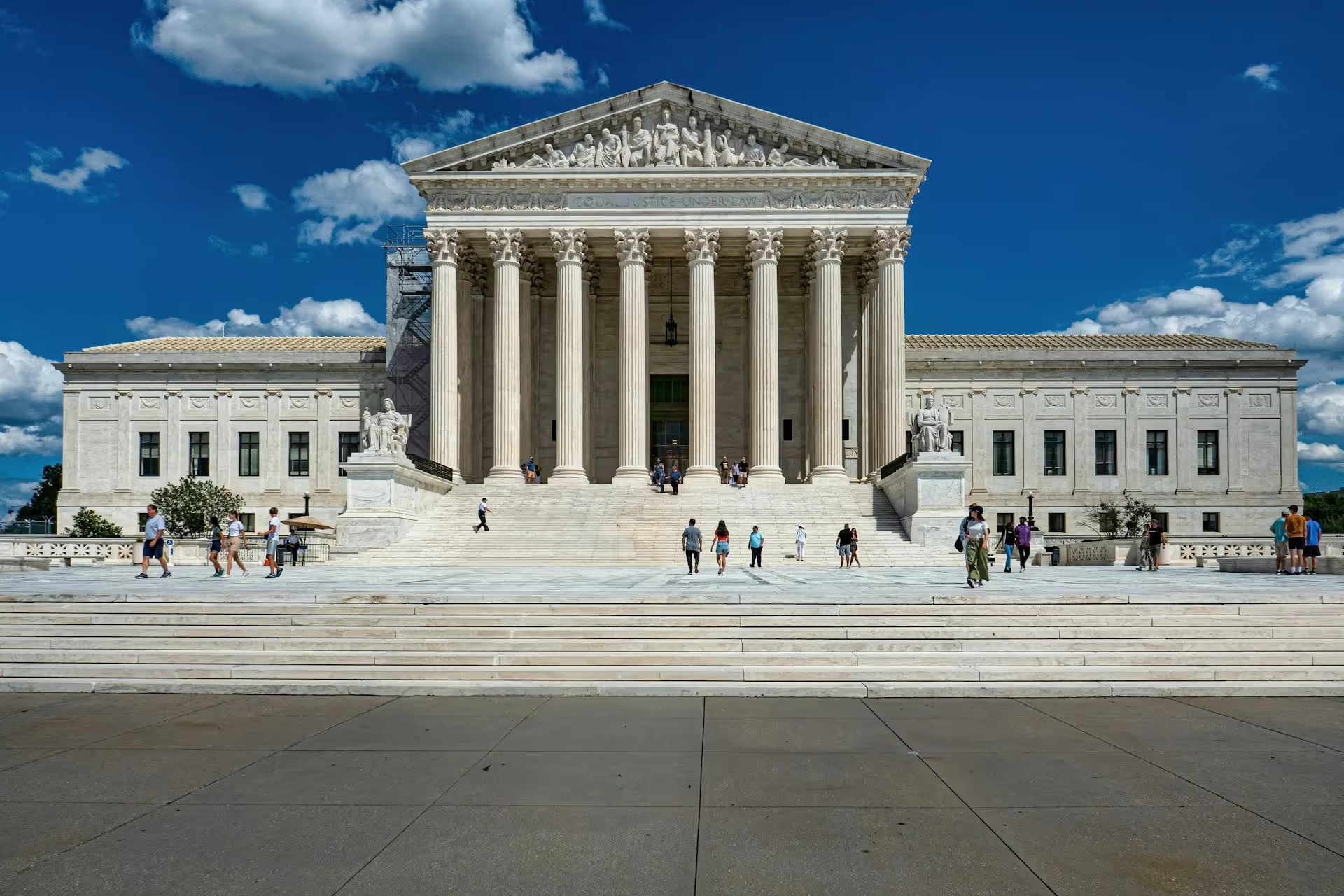
Amicus Brief: Hon. William P. Barr and Hon. Michael B. Mukasey in Support of Petitioners
Former AGs Barr and Mukasey Cite Civitas in a SCOTUS Brief

Rational Judicial Review: Constitutions as Power-sharing Agreements, Secession, and the Problem of Dred Scott
Judicial review and originalism serve as valuable commitment mechanisms to enforce future compliance with a political bargain.

What’s Wrong with a Military Campaign Against the Drug Trade
Trump’s boat strikes against the cartels risk crossing the line between law enforcement and war.
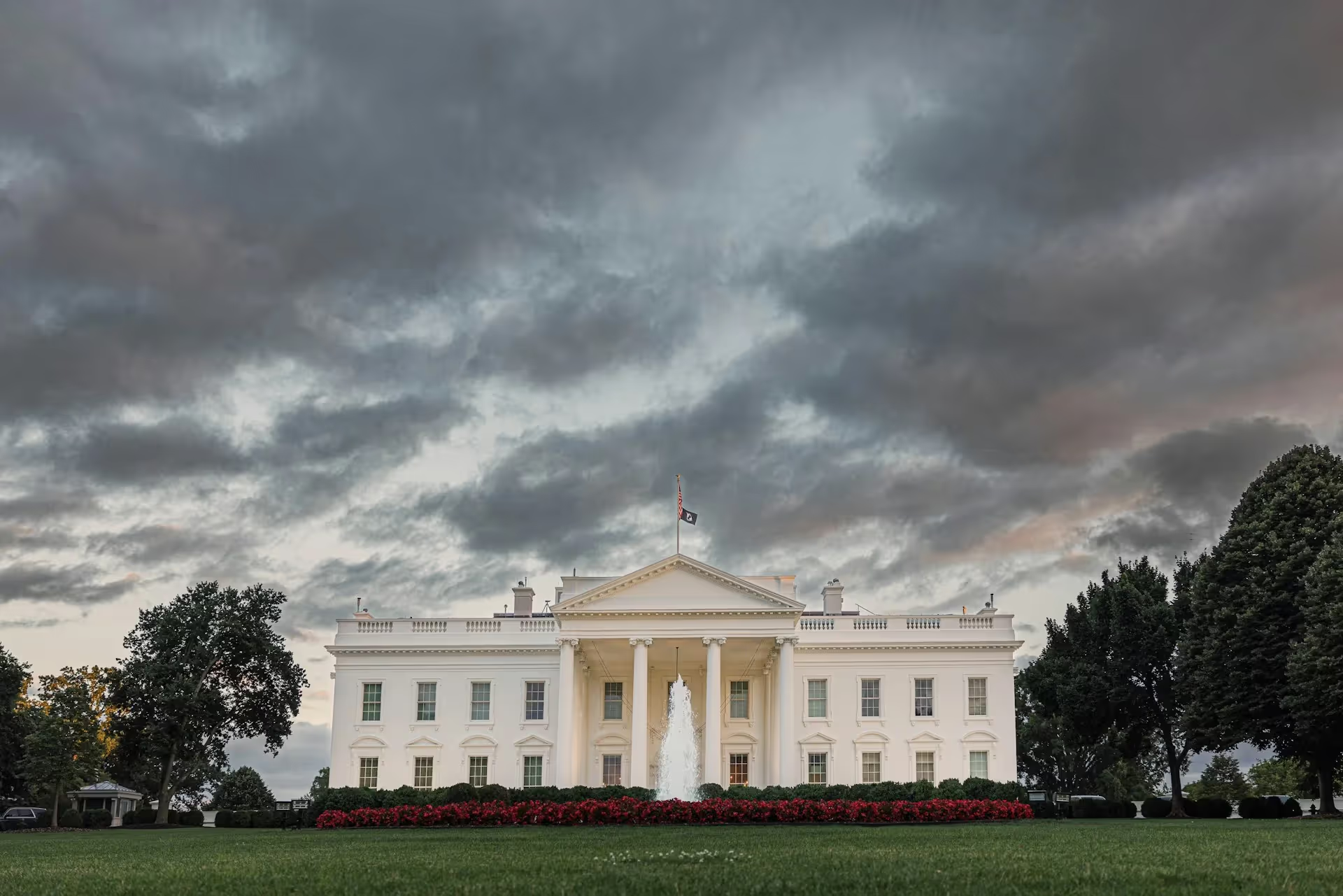
The Long History of Presidential Discretion
The Framers did not expect Congress to preauthorize every use of force or to manage military campaigns.

The Myth of Milliken
Shep Melnick evaluates Michelle Adams' new scholarly attempt to return Milliken v. Bradley and the story of Detroit school busing to the court of public opinion.
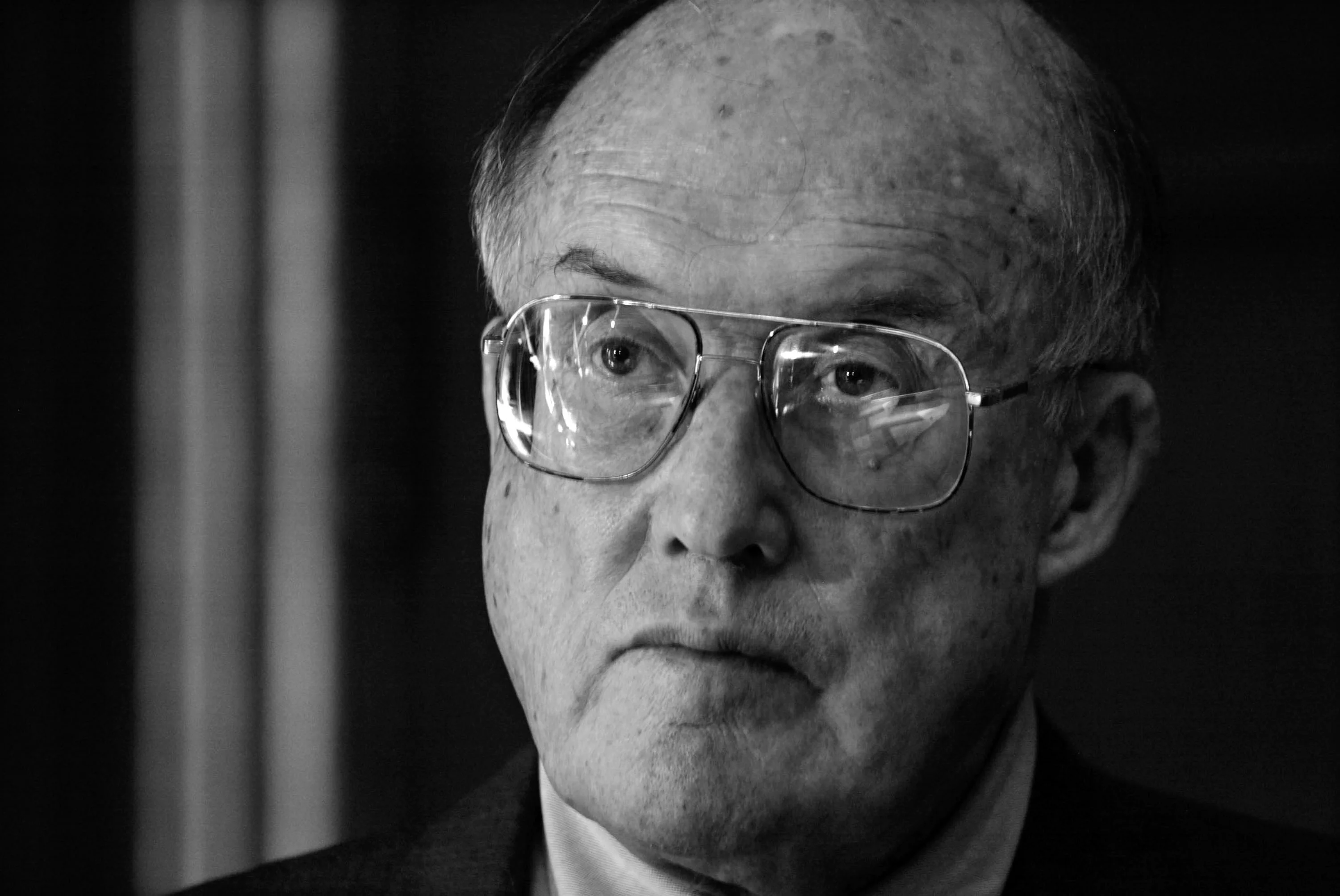
United States v. Lopez at 30: The Court’s Federalism Revolution Didn’t Happen
Why did the Court's federalism revolution go out with a whimper?


.avif)

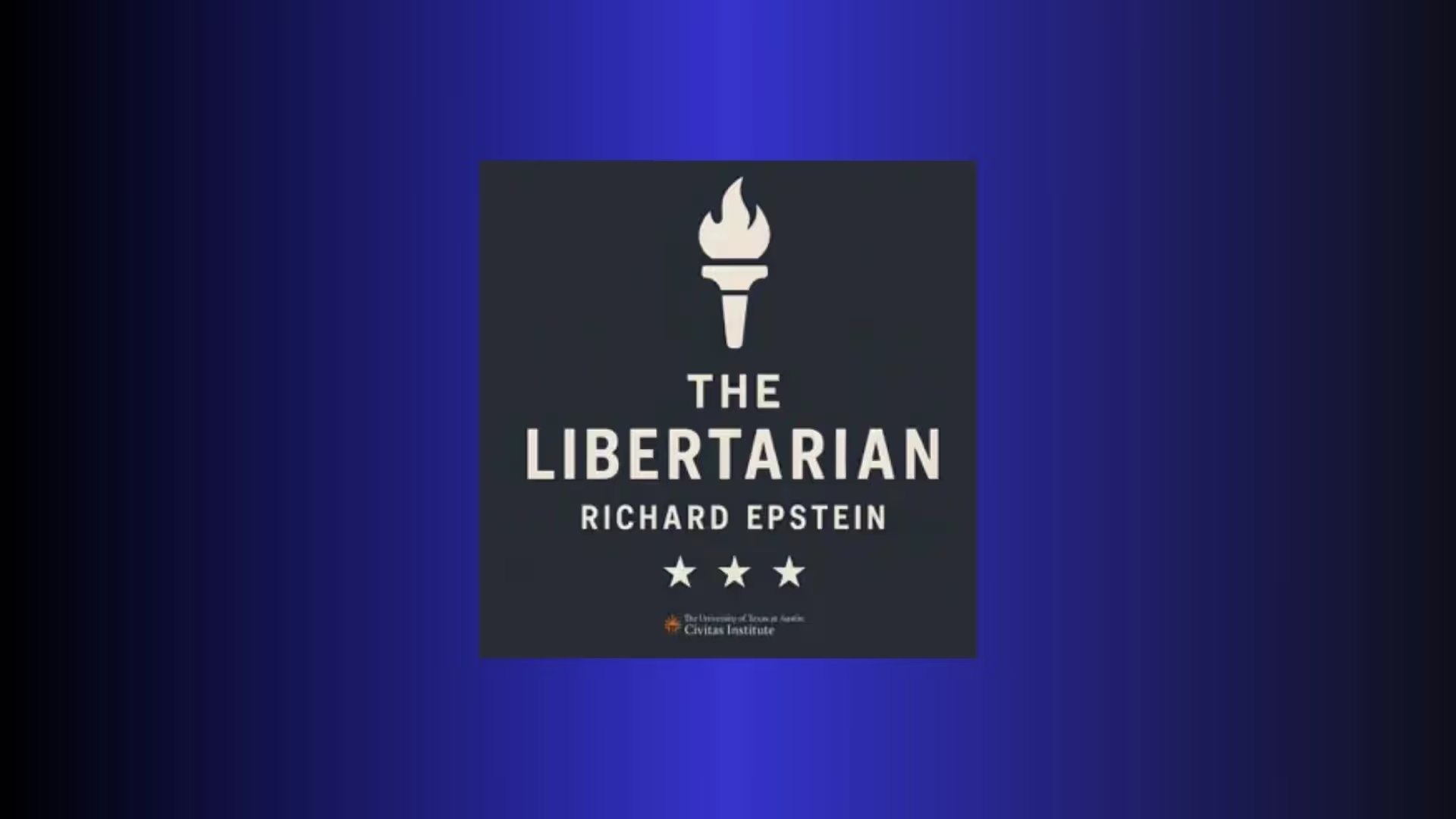
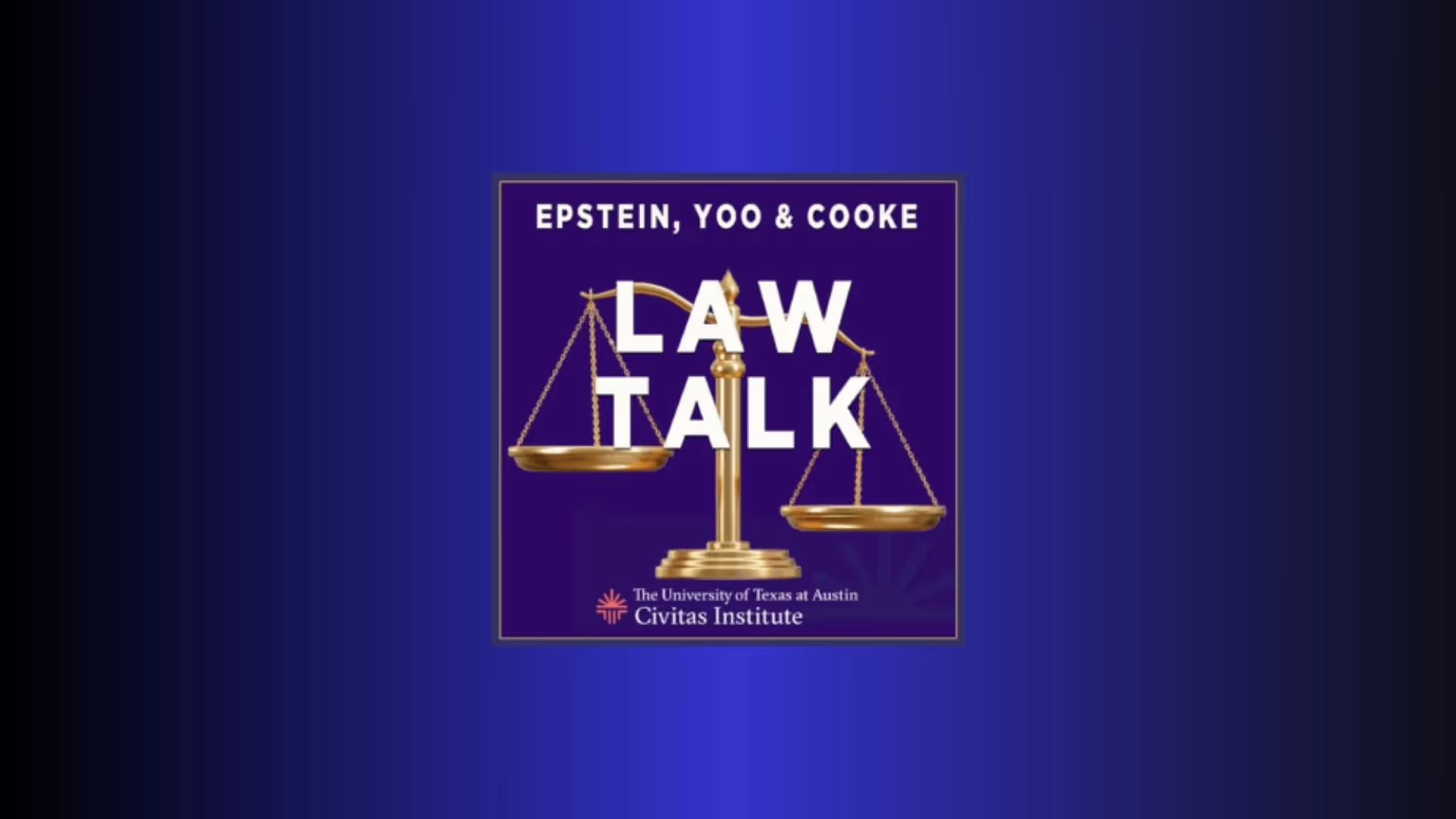



.avif)
.avif)

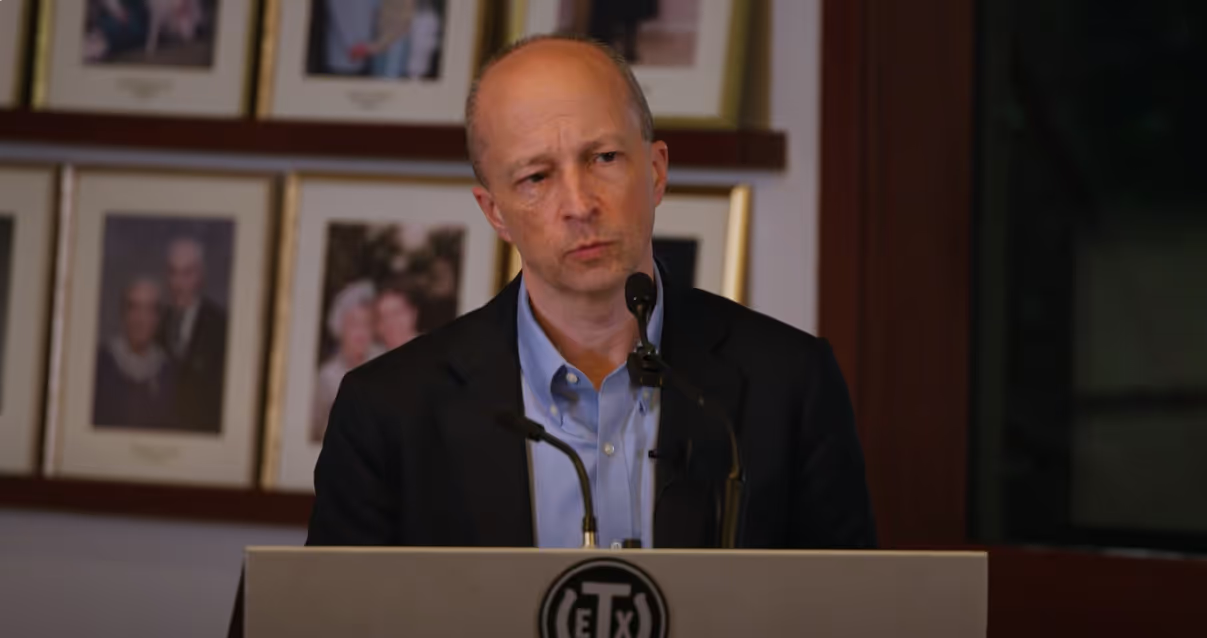
.webp)
.webp)

